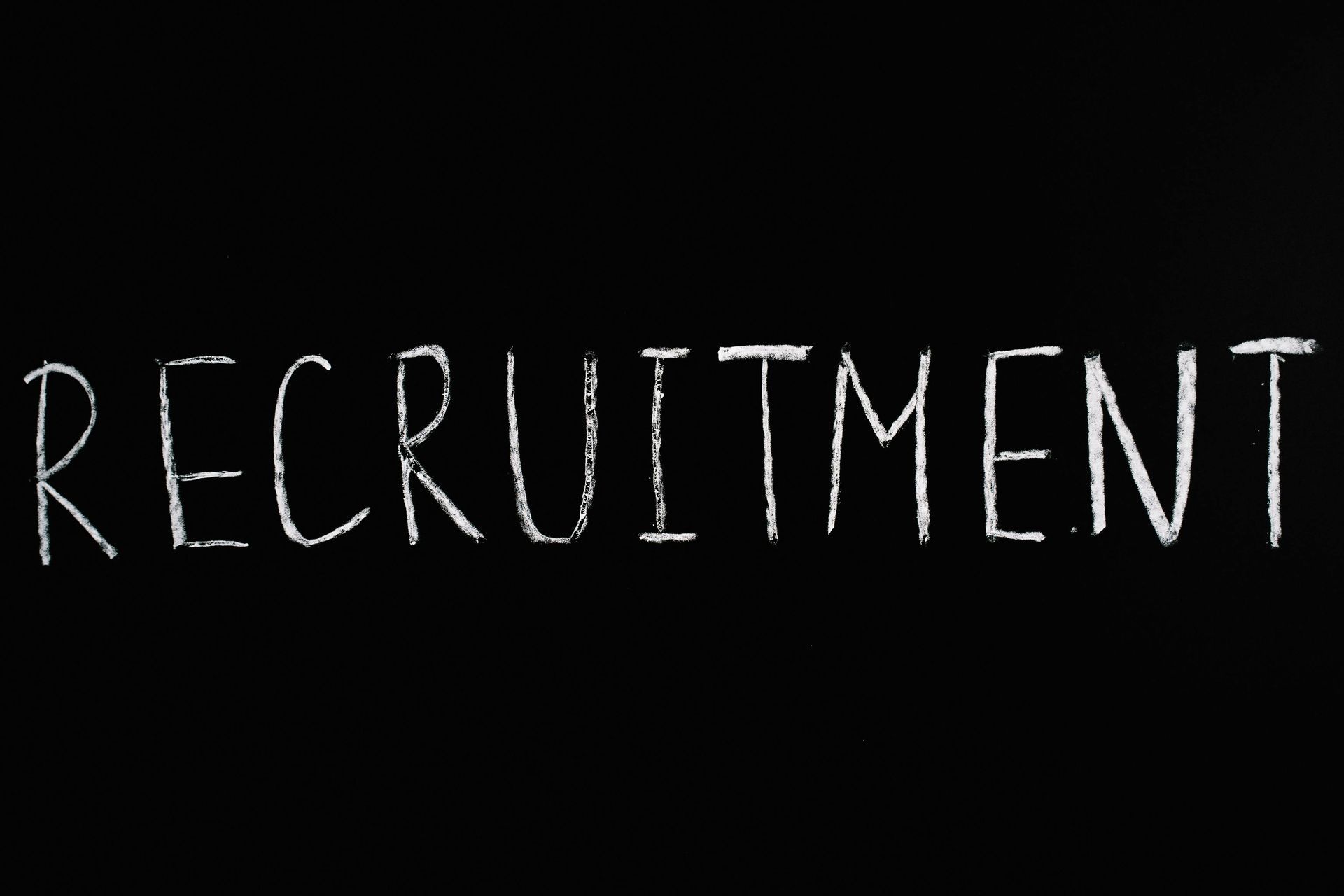Addressing the mine field of annual leave whilst on Furlough
Katy Cracknell • April 28, 2020
As we get deeper into the Furlough
period, there has been further clarification from HMRC that employees can utilise annual leave whilst on Furlough without the risk of forfeiting any Furlough payments.
HMRC have continued to remain silent on whether or not an employer can compel an employee to take holiday whilst on Furlough which means that, as it stands today, we still don’t know if employers can enforce a period of holiday by providing twice as much notice as the length of the holiday you want an employee to take e.g. ten days’ notice for five days’ holiday.
It’s likely that there will be further guidance but, until then, here’s a review of what we do know when it comes to the treatment of holiday during Furlough:
- Working Time Regulations require that statutory holiday pay (5.6 weeks) must be paid at an employee’s normal rate of pay or, where the rate of pay varies, calculated on the basis of the average pay received by the employee in the previous 52 working weeks, in line with the recent change in legislation on how working time is calculated. Therefore, if a furloughed employee takes holiday, employers should pay them their usual holiday pay and top up any Furlough payments to 100% of salary (and they won’t be able to claim this back through the Furlough scheme).
- If an employee usually works bank holidays (of which there are four during the furlough scheme period - 10th April, 13th April, 8th May and 25th May) then the employer can agree that this is included in the grant payment. If the employee usually takes the bank holiday as annual leave, then the employer would either have to top up their usual holiday pay or give the employee a day of holiday in lieu. If employees normally work on bank holidays, they will simply be on furlough (not holiday) on the bank holiday unless you require them to take it as holiday.
- Employers can ask for an employee’s agreement to reduce any enhanced contractual holiday to reflect the fact that an employee is on furlough (i.e. any entitlement beyond the statutory minimum of 5.6 weeks per year) but, this must be agreed by the employee, and followed up in writing.
- Employers can seek to agree a different rate of pay with employees for any contractual holiday that is provided over and above the statutory minimum holiday entitlement. Again, this should be agreed by the employee and followed up in writing.
- The new right to carry over holiday of up to four weeks into the next two holiday years only applies to those employees that have not been able to take their statutory holiday entitlement due to coronavirus.
- Employers will have the flexibility to restrict when leave can be taken if there is a business need, by giving notice of the same number of days as the holiday the employee wanted to take, e.g. five days’ notice to prevent or cancel five days of holiday). This applies for both the furlough period and the recovery period.
Other posts:

Summer is here and with it comes fresh challenges for employers. From the surge in side hustles to the never ending debate about switching off after hours. In this blog, we’re diving into what these trends mean for your business and sharing practical tips to help you stay ahead and keep your team happy and compliant.


